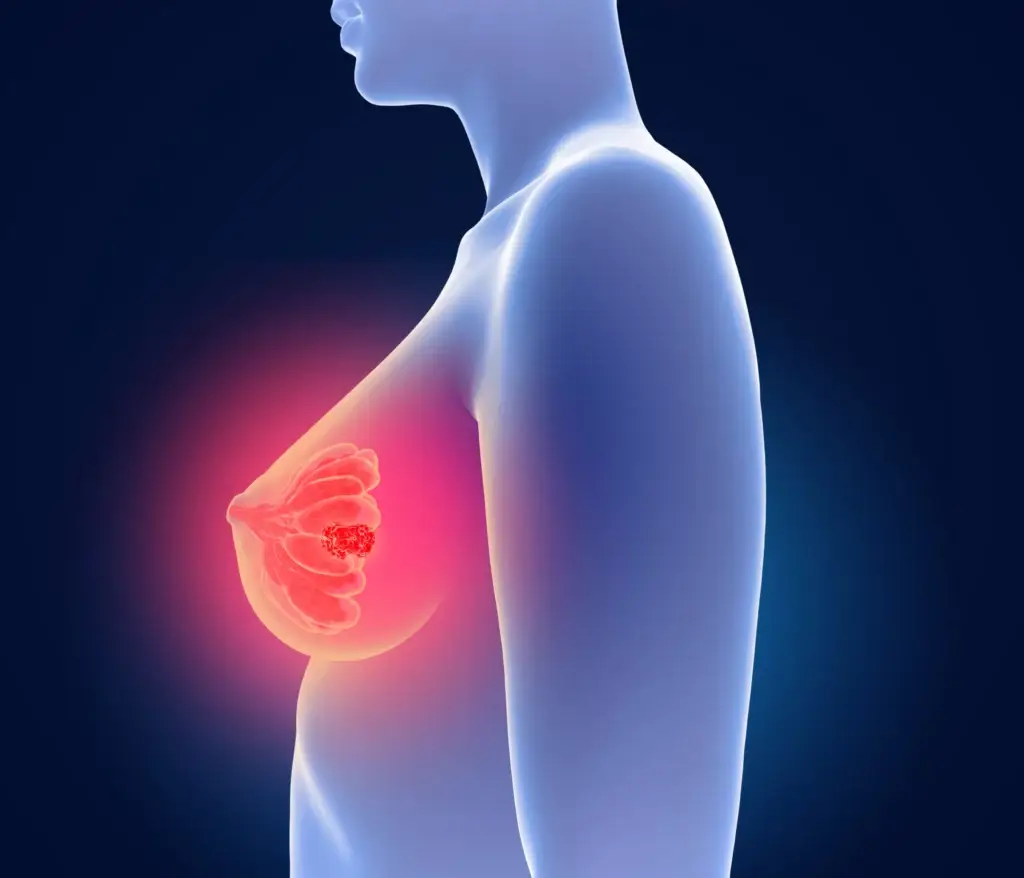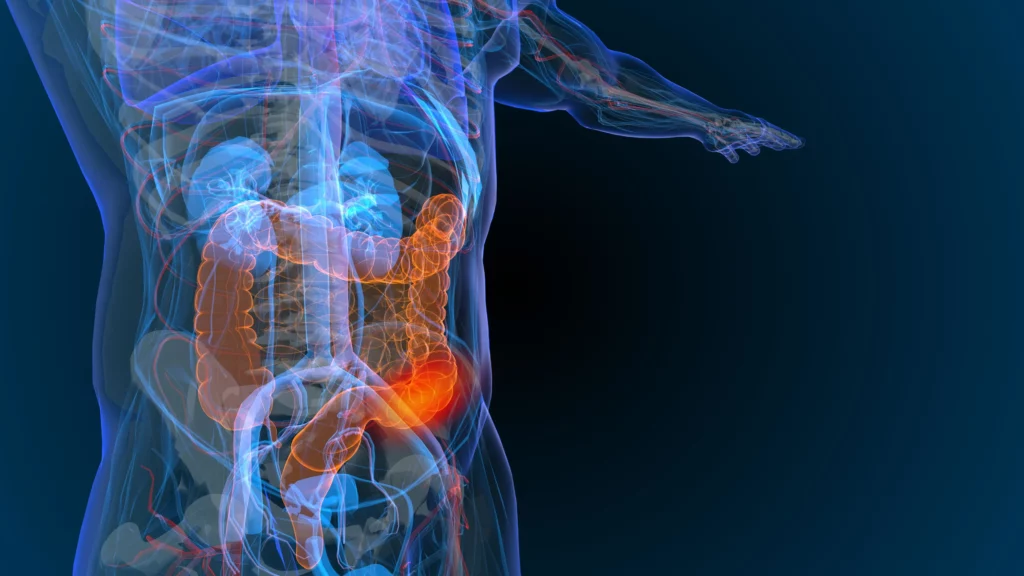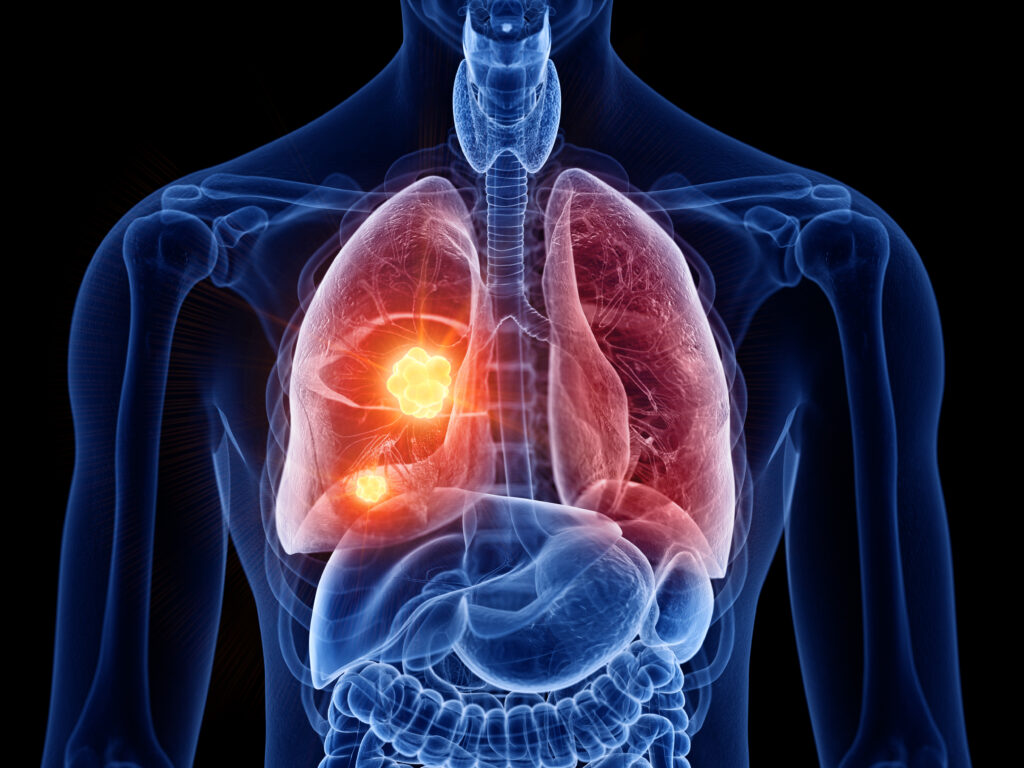Gene signatures of circulating breast cancer cell models are a source of novel molecular determinants of metastasis and improve circulating tumor cell detection in patients

Background: Progression to stage IV disease remains the main cause of breast cancer-related deaths. Increasing knowledge on the hematogenous phase of metastasis is key for exploiting the entire window of opportunity to interfere with early dissemination and to achieve a more effective disease control. Recent evidence suggests that circulating tumor cells (CTCs) possess diverse adaptive mechanisms to survive in blood and eventually metastasize, encouraging research into CTC-directed therapies.
Methods: On the hypothesis that the distinguishing molecular features of CTCs reveal useful information on metastasis biology and disease outcome, we compared the transcriptome of CTCs, primary tumors, lymph-node and lung metastases of the MDA-MB-231 xenograft model, and assessed the biological role of a panel of selected genes, by in vitro and in vivo functional assays, and their clinical significance in M0 and M+ breast cancer patients.
Results: We found that hematogenous dissemination is governed by a transcriptional program and identified a CTC signature that includes 192 up-regulated genes, mainly related to cell plasticity and adaptation, and 282 down-regulated genes, involved in chromatin remodeling and transcription. Among genes up-regulated in CTCs, FADS3 was found to increases cell membrane fluidity and promote hematogenous diffusion and lung metastasis formation. TFF3 was observed to be associated with a subset of CTCs with epithelial-like features in the experimental model and in a cohort of 44 breast cancer patients, and to play a role in cell migration, invasion and blood-borne dissemination. The analysis of clinical samples with a panel of CTC-specific genes (ADPRHL1, ELF3, FCF1, TFF1 and TFF3) considerably improved CTC detection as compared with epithelial and tumor-associated markers both in M0 and stage IV patients, and CTC kinetics informed disease relapse in the neoadjuvant setting.
Conclusions: Our findings provide evidence on the potential of a CTC-specific molecular profile as source of metastasis-relevant genes in breast cancer experimental models and in patients. Thanks to transcriptome analysis we generated a novel CTC signature in the MDA-MB-231 xenograft model, adding a new piece to the current knowledge on the key players that orchestrate tumor cell hematogenous dissemination and breast cancer metastasis, and expanding the list of CTC-related biomarkers for future validation studies.
Weighted correlation network analysis revealed novel long non-coding RNAs for colorectal cancer

Colorectal cancer (CRC) is one of the most prevalent cancers worldwide, which after breast, lung and,
prostate cancers, is the fourth prevalent cancer in the United States. Long non-coding RNAs (lncRNAs)
have an essential role in the pathogenesis of CRC. Therefore, bioinformatics studies on lncRNAs
and their target genes have potential importance as novel biomarkers. In the current study, publicly
available microarray gene expression data of colorectal cancer (GSE106582) was analyzed with the
Limma, Geoquery, Biobase package. Afterward, identified differentially expressed lncRNAs and their
target genes were inserted into Weighted correlation network analysis (WGCNA) to obtain modules
and hub genes. A total of nine differentially expressed lncRNAs (LINC01018, ITCH-IT, ITPK1-AS1,
FOXP1-IT1, FAM238B, PAXIP1-AS1, ATP2B1-AS1, MIR29B2CHG, and SNHG32) were identified
using microarray data analysis. The WGCNA has identified several hub genes for black (LMOD3,
CDKN2AIPNL, EXO5, ZNF69, BMS1P5, METTL21A, IL17RD, MIGA1, CEP19, FKBP14), blue (CLCA1,
GUCA2A, UGT2B17, DSC2, CA1, AQP8, ITLN1, BEST4, KLF4, IQCF6) and turquoise (PAFAH1B1,
LMNB1, CACYBP, GLO1, PUM3, POC1A, ASF1B, SDCCAG3, ASNS, PDCD2L) modules. The findings
of the current study will help to improve our understanding of CRC. Moreover, the hub genes that we
have identified could be considered as possible prognostic/diagnostic biomarkers. This study led to the
determination of nine lncRNAs with no previous association with CRC development.
Identification of Atypical Circulating Tumor Cells with Prognostic Value in Metastatic Breast Cancer Patients

Circulating tumor cells have a strong potential as a quasi-non-invasive tool for setting up a precision medicine strategy for cancer patients. Using a second-generation « filtration-based » technology to isolate CTCs, the Screencell™ technology (Sarcelles, France), we performed a large and simultaneous analysis of all atypical circulating tumor cells (aCTCs) isolated from the blood of metastatic breast cancer (mBC) patients. We correlated their presence with clinicopathological and survival data. We included 91 mBC patients from the PERMED-01 study. The median number of aCTCs was 8.3 per mL of blood. Three subsets of aCTCs, absent from controls, were observed in patients: single (s-aCTCs), circulating tumor micro-emboli (CTM), and giant-aCTCs (g-aCTCs). The presence of g-aCTCs was associated with shorter progression free survival and overall survival. This study highlights the heterogeneity of aCTCs in mBC patients both at the cytomorphological and molecular levels. In addition, it suggests the usefulness of the g-aCTC subset as a prognostic factor and a potential stratification tool to treat late-stage mBC patients and improve their chances of benefiting from early clinical trials.
Sequential Isolation and Characterization of Single CTCs and Large CTC Clusters in Metastatic Colorectal Cancer Patients

Circulating tumor cells (CTCs) detach from a primary tumor or its metastases and circulate in the bloodstream. The vast majority of CTCs are deemed to die into the bloodstream, with only few cells representing viable metastatic precursors. Particularly, single epithelial CTCs do not survive long in the circulation due to the loss of adhesion-dependent survival signals. In metastatic colorectal cancer, the generation of large CTC clusters is a very frequent occurrence, able to increase the aptitude of CTCs to survive in the bloodstream. Although a deepened analysis of large-sized CTC clusters might certainly offer new insights into the complexity of the metastatic cascade, most CTC isolation techniques are unfortunately not compatible with large-sized CTC clusters isolation. The inappropriateness of standard CTC isolation devices for large clusters isolation and the scarce availability of detection methods able to specifically isolate and characterize both single CTCs and CTC clusters finally prevented in-depth studies on the prognostic and predictive value of clusters in clinical practice, unlike that which has been described for single CTCs. In the present study, we validated a new sequential filtration method for the simultaneous isolation of large CTC clusters and single CTCs in patients with metastatic colorectal cancer at failure of first-line treatments. The new method might allow differential downstream analyses for single and clustered CTCs starting from a single blood draw, opening new scenarios for an ever more precise characterization of colorectal cancer metastatic cascade.
Circulating Tumour Cell Numbers Correlate with Platelet Count and Circulating Lymphocyte Subsets in Men with Advanced Prostate Cancer: Data from the ExPeCT Clinical Trial (CTRIAL-IE 15-21)

Interactions between circulating tumour cells (CTCs) and platelets are thought to inhibit natural killer(NK)-cell-induced lysis. We attempted to correlate CTC numbers in men with advanced prostate cancer with platelet counts and circulating lymphocyte numbers. Sixty-one ExPeCT trial participants, divided into overweight/obese and normal weight groups on the basis of a BMI ≥ 25 or <25, were randomized to participate or not in a six-month exercise programme. Blood samples at randomization, and at three and six months, were subjected to ScreenCell filtration, circulating platelet counts were obtained, and flow cytometry was performed on a subset of samples (n = 29). CTC count positively correlated with absolute total lymphocyte count (r2 = 0.1709, p = 0.0258) and NK-cell count (r2 = 0.49, p < 0.0001). There was also a positive correlation between platelet count and CTC count (r2 = 0.094, p = 0.0001). Correlation was also demonstrated within the overweight/obese group (n = 123, p < 0.0001), the non-exercise group (n = 79, p = 0.001) and blood draw samples lacking platelet cloaking (n = 128, p < 0.0001). By flow cytometry, blood samples from the exercise group (n = 15) had a higher proportion of CD3+ T-lymphocytes (p = 0.0003) and lower proportions of B-lymphocytes (p = 0.0264) and NK-cells (p = 0.015) than the non-exercise group (n = 14). These findings suggest that CTCs engage in complex interactions with the coagulation cascade and innate immune system during intravascular transit, and they present an attractive target for directed therapy at a vulnerable stage in metastasis.
Validation of Cell-Free RNA and Circulating Tumor Cells for Molecular Marker Analysis in Metastatic Prostate Cancer

Since tissue material is often lacking in metastatic prostate cancer (mPCa), there is increasing interest in using liquid biopsies for treatment decision and monitoring therapy responses. The purpose of this study was to validate the usefulness of circulating tumor cells (CTCs) and plasma-derived cell-free (cf) RNA as starting material for gene expression analysis through qPCR. CTCs were identified upon prostate-specific membrane antigen and/or cytokeratin positivity after enrichment with ScreenCell (Westford, Massachusetts, USA) filters or the microfluidic ParsortixTM (Guildford, Surrey, United Kingdom) system. Overall, 50% (28/56) of the patients had ≥5 CTCs/7.5 mL of blood. However, CTC count did not correlate with Gleason score, serum PSA, or gene expression. Notably, we observed high expression of CD45 in CTC samples after enrichment, which could be successfully eliminated through picking of single cells. Gene expression in picked CTCs was, however, rather low. In cfRNA from plasma, on the other hand, gene expression levels were higher compared to those found in CTCs. Moreover, we found that PSA was significantly increased in plasma-derived cfRNA of mPCa patients compared to healthy controls. High PSA expression was also associated with poor overall survival, indicating that using cfRNA from plasma could be used as a valuable tool for molecular expression analysis.
Y disruption, autosomalhypomethylation and poor malelung cancer survival

Lung cancer is the most frequent cause of cancer death worldwide. It affects more men than women, and men generally have worse survival outcomes. We compared gene co-expression networks in affected and unaffected lung tissue from 126 consecutive patients with Stage IA–IV lung cancer undergoing surgery with curative intent. We observed marked degradation of a sex-associated transcription network in tumour tissue. This disturbance, detected in 27.7% of male tumours in the discovery dataset and 27.3% of male tumours in a further 123-sample replication dataset, was coincident with partial losses of the Y chromosome and extensive autosomal DNA hypomethylation. Central to this network was the epigenetic modifier and regulator of sexually dimorphic gene expression, KDM5D. After accounting for prognostic and epidemiological covariates including stage and histology, male patients with tumour KDM5D deficiency showed a significantly increased risk of death (Hazard Ratio [HR] 3.80, 95% CI 1.40–10.3, P = 0.009). KDM5D deficiency was confirmed as a negative prognostic indicator in a further 1100 male lung tumours (HR 1.67, 95% CI 1.4–2.0, P = 1.2 × 10–10). Our findings identify tumour deficiency of KDM5D as a prognostic marker and credible mechanism underlying sex disparity in lung cancer.
Circulating Tumor Cell Clusters Are Frequently Detected in Women with Early-Stage Breast Cancer

The clinical relevance of circulating tumor cell clusters (CTC-clusters) in breast cancer (BC) has been mostly studied using the CellSearch®, a marker-dependent method detecting only epithelial-enriched clusters. However, due to epithelial-to-mesenchymal transition, resorting to marker-independent approaches can improve CTC-cluster detection. Blood samples collected from healthy donors and spiked-in with tumor mammospheres, or from BC patients, were processed for CTC-cluster detection with 3 technologies: CellSearch®, CellSieve™ filters, and ScreenCell® filters. In spiked-in samples, the 3 technologies showed similar recovery capability, whereas, in 19 clinical samples processed in parallel with CellSearch® and CellSieve™ filters, filtration allowed us to detect more CTC-clusters than CellSearch® (median number = 7 versus 1, p = 0.0038). Next, samples from 37 early BC (EBC) and 23 metastatic BC (MBC) patients were processed using ScreenCell® filters for attaining both unbiased enrichment and marker-independent identification (based on cytomorphological criteria). At baseline, CTC-clusters were detected in 70% of EBC cases and in 20% of MBC patients (median number = 2, range 0-20, versus 0, range 0-15, p = 0.0015). Marker-independent approaches for CTC-cluster assessment improve detection and show that CTC-clusters are more frequent in EBC than in MBC patients, a novel finding suggesting that dissemination of CTC-clusters is an early event in BC natural history.
Development and validation of circulating tumour cell enumeration (Epic Sciences) as a prognostic biomarker in men with metastatic castration-resistant prostate cancer

Purpose: To evaluate the prognostic significance of circulating tumour cell (CTC) number determined on the Epic Sciences platform in men with metastatic castration-resistant prostate cancer (mCRPC) treated with an androgen receptor signalling inhibitor (ARSI).
Patients and methods: A pre-treatment blood sample was collected from men with progressing mCRPC starting either abiraterone or enzalutamide as a first-, second- or third-line systemic therapy at Memorial Sloan Kettering Cancer Center (Discovery cohort, N = 171) or as a first- or second-line therapy as part of the multicenter PROPHECY trial (NCT02269982) (Validation cohort, N = 107). The measured CTC number was then associated with overall survival (OS) in the Discovery cohort, and progression-free survival (PFS) and OS in the Validation cohort. CTC enumeration was also performed on a concurrently obtained blood sample using the CellSearch® Circulating Tumor Cell Kit.
Results: In the MSKCC Discovery cohort, CTC count was a statistically significant prognostic factor of OS as a dichotomous (<3 CTCs/mL versus ≥ 3 CTCs/mL; hazard ratio [HR] = 1.8 [95% confidence interval {CI} 1.3-3.0]) and a continuous variable when adjusting for line of therapy, presence of visceral metastases, prostate-specific antigen, lactate dehydrogenase and alkaline phosphatase. The findings were validated in an independent datas et from PROPHECY (HR [95% CI] = 1.8 [1.1-3.0] for OS and 1.7 [1.1-2.9] for PFS). A strong correlation was also observed between CTC counts determined in matched samples on the CellSearch® and Epic platforms (r = 0.84). Conclusion: The findings validate the prognostic significance of pretreatment CTC number determined on the Epic Sciences platform for predicting OS in men with progressing mCRPC starting an ARSI.
Lack of association between Screencell-detected circulating tumour cells and long-term survival of patients undergoing surgery for non-small cell lung cancer: A pilot clinical study

Circulating tumour cells (CTCs) are cancer cells of epithelial origin that are present in peripheral blood samples. ScreenCell detection of CTCs and the association with long term survival in non-small cell lung cancer (NSCLC) patients was evaluated in the present study. A total of 33 patients undergoing surgical resection for NSCLC were recruited. Patients were followed up for 5-years post-operatively. Pre-operative patient bloods samples were processed using ScreenCell. CTCs were detected in 26 (79%) patients. In patients who were positive for CTCs, a total of 9 (35%) patients succumbed to the disease, whereas in patients negative for CTCs, a total of 4 (57%) patients succumbed to the disease (P=0.29). No association was identified between positive CTCs and poorer survival (Chi-squared 1.47, P=0.23; hazard ratio, 0.42; 95% confidence interval: 0.1-1.7). The presence of CTCs detected with ScreenCell does not influence prognosis in patients with NSCLC that was operated on. The high rate of CTC detection is encouraging in supporting this technology to aid early lung cancer diagnosis.